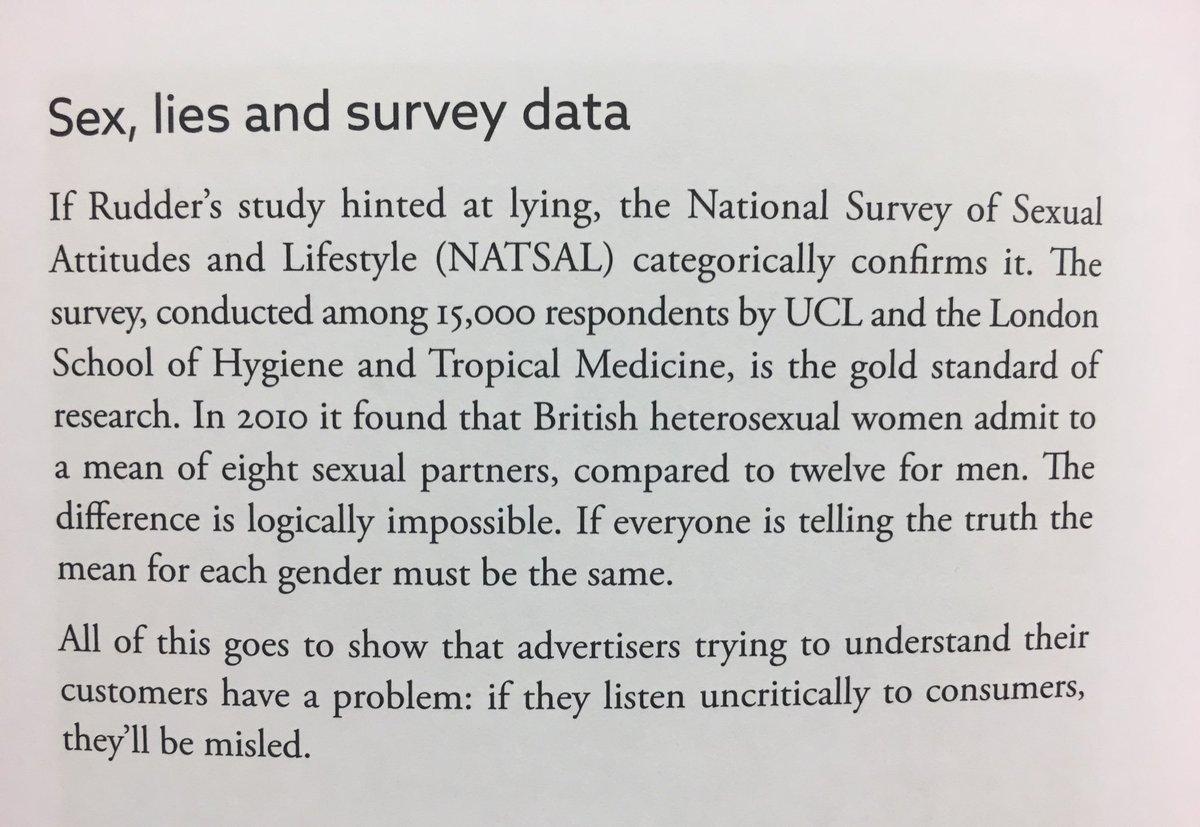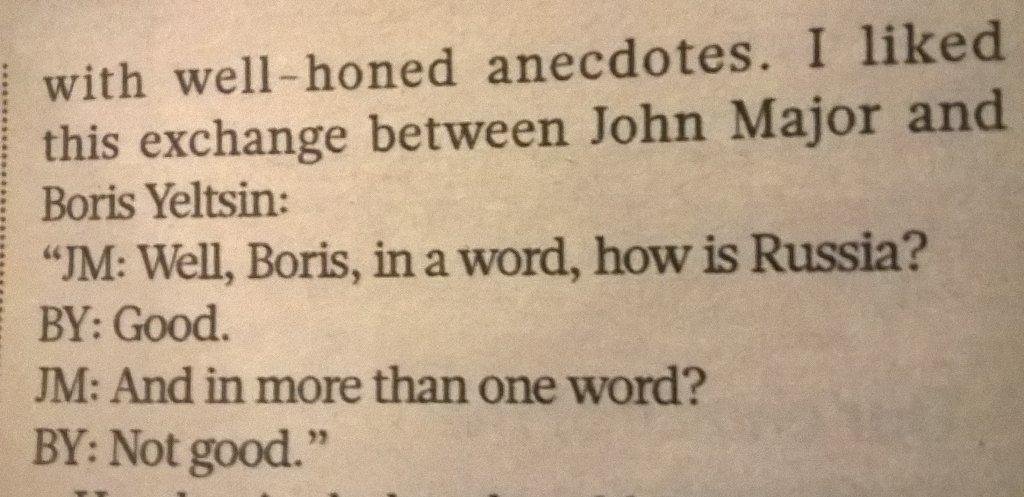In another experiment, psychologist Paul Slovic asked people for donations. One group was shown a photo of Rokia from Malawi, an emaciated child with pleading eyes. Afterward, people donated an average of $2.83 to the charity (out of $5 they were given to fill out a short survey). The second group was shown statistics about the famine in Malawi, including the fact that more than three million malnourished children were affected, The average donation dropped by 50%. This is illogical: you would think that people’s generosity would grow if they know the extent of the disaster. But we do not function like that. Statistics don’t stir us; people do.
The media have long known that factual reports and bar charts do not entice readers. Hence the guideline: give the story a face.
Excerpt from: The Art of Thinking Clearly by Rolf Dobelli





























